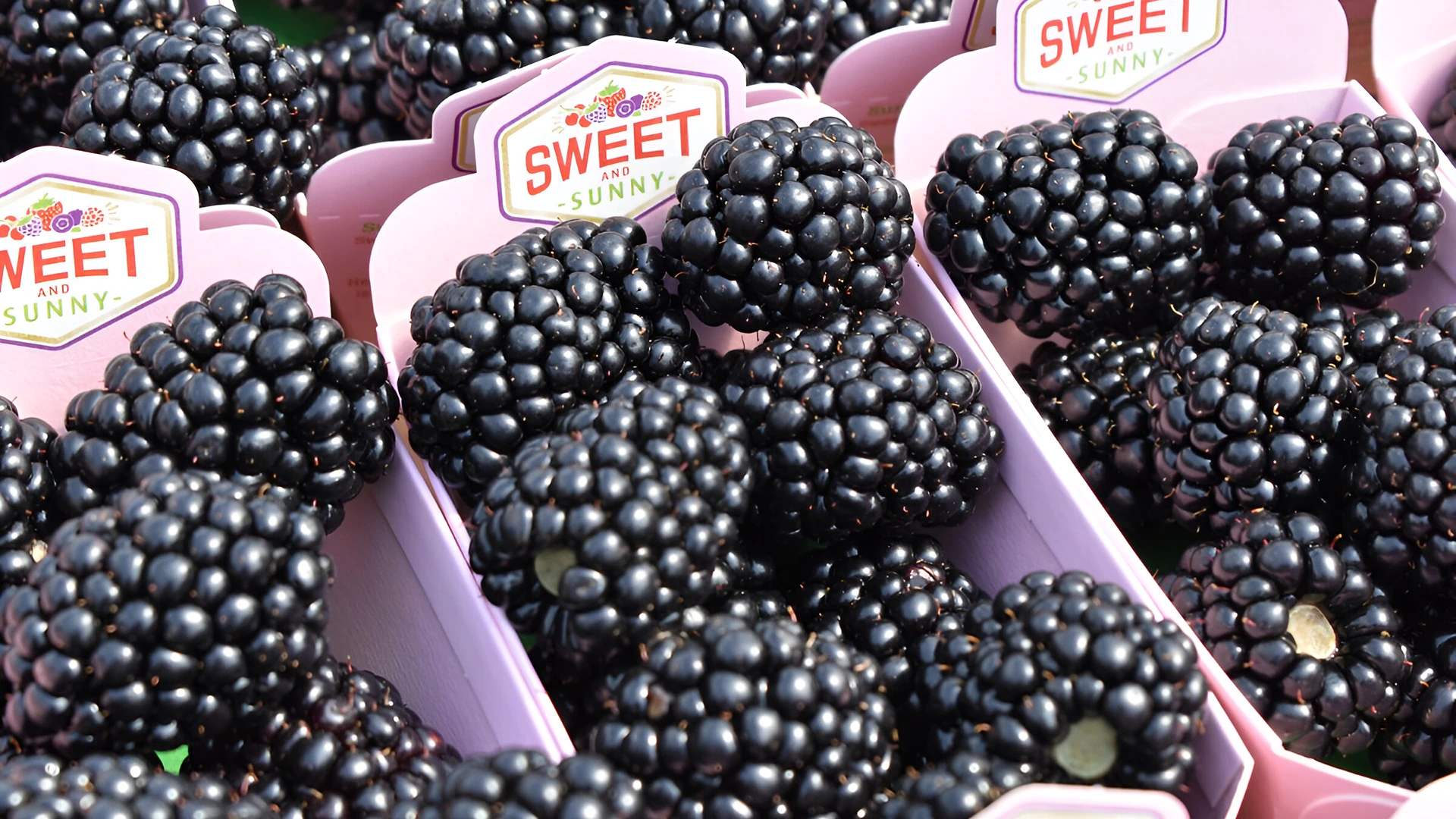During the peak of the Italian blueberry season, consumer comments highlight how this small fruit, increasingly present on supermarket shelves, continues to divide the public between enthusiasm and disappointment.
A recent post entitled "Yesterday I bought these blueberries (400g / €4.79)" in the group "Recensioni Prodotti Lidl" sparked debate and generated numerous comments.
Quality: mixed reviews
The opinions collected show a varied picture. Many consumers report having purchased “excellent, sweet and delicious” packs, while others complain of unripe, tasteless, or even moldy fruit. Often, within the same pack, blueberries turn out to be inconsistent, with ripe and aromatic berries alongside unripe ones. In several cases, buyers exchange practical tips to improve ripening, such as storing them with apples or bananas, or leaving them at room temperature for a few days.
Prices and perceived value
Price is at the heart of the debate. According to the comments, in Italy the cost ranges from €4–5 for 400 grams in supermarkets to over €10/kg, while abroad, as some consumers point out, prices can be significantly lower (less than €3/500 g in Germany, €2/kg in Tirana). Many customers complain of a disproportion between price and quality, often preferring local markets or farms, where – for the same expense – quality is perceived as higher.
Seasonality and origin: clarity needed
Seasonality creates quite a bit of confusion. Some consumers believe that, at the time of the post (July 9), the season was already over, while others point out that the natural harvest in Italy runs from June to September, with significant differences between lowland and mountain areas. Many distinguish between cultivated blueberries – larger but less flavorful – and wild ones, smaller and more aromatic. The question of origin remains in the background: in addition to Italian fruit (Sicily, Piedmont, Lake Garda, Cuneo area), a significant share of the product comes from abroad, with Peru continuing to be the world’s leading exporter.
Consumption and home uses
Despite the challenges, blueberries retain a central role in eating habits. In the comments, blueberries are valued for their health properties – rich in vitamin C and anthocyanins – and are mainly eaten with yogurt, or used for muffins, jams, cakes, and even homemade ice cream. Some buy them only on promotion, while others say they consume them daily.
Prices, quality and communication
The consumer debate highlights a strong demand for Italian blueberries that are ripe, sweet, and fresh, but also widespread dissatisfaction with quality that is not always consistent and prices considered too high.
For the production and distribution sector, the challenge is twofold: to better communicate seasonality and origin of the product, and to ensure consistent quality standards along the entire supply chain.










